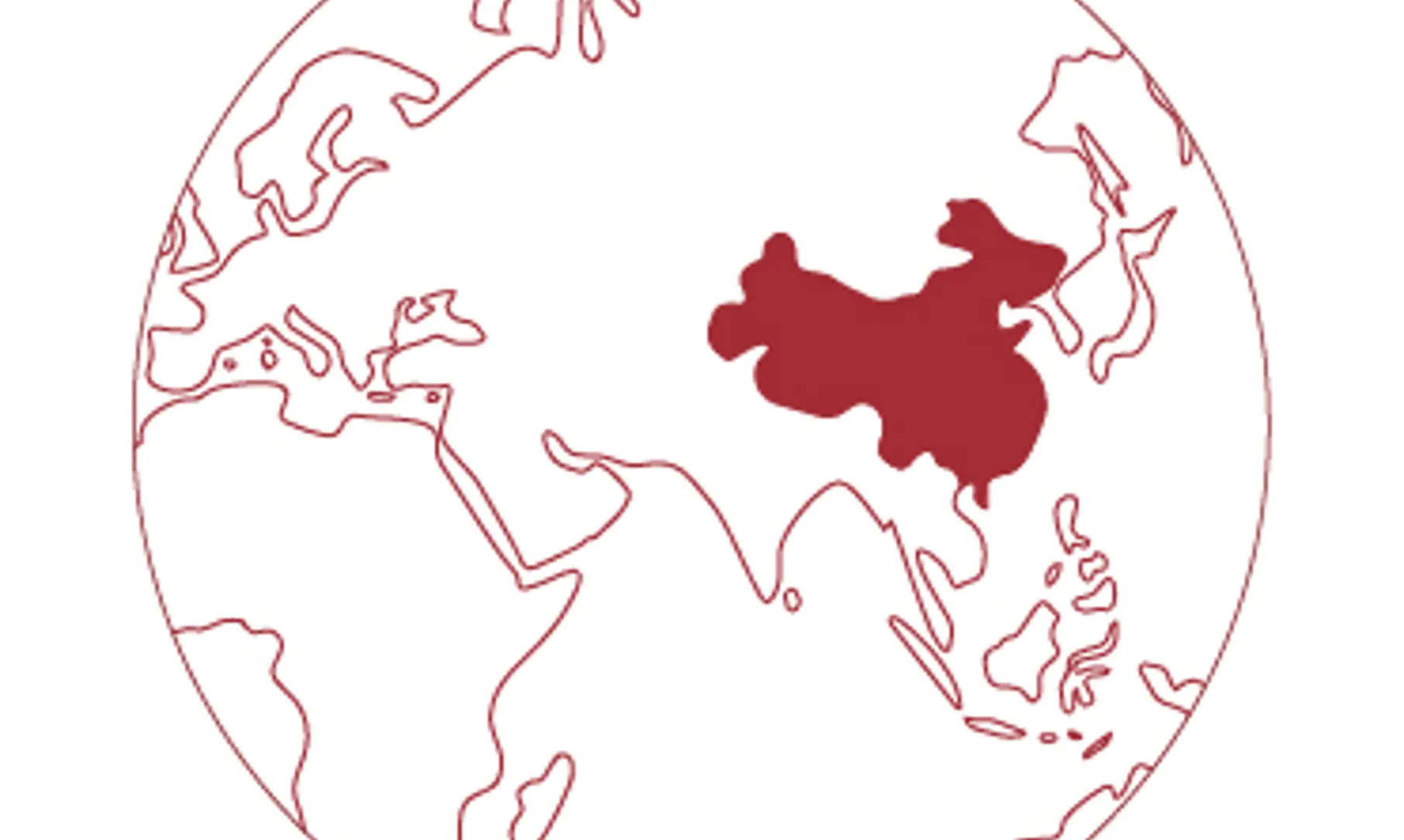Raising a toast to carton packs

In part two of our Market Watch series, we explore the slow-but-steady growth of alternative packaging for wine, and how it differs across demographics and regions.
When asked to think about wine, people might consider the body, notes, typicity, complexity, and more – but definitely not the container in which it comes. That is until certain established norms are challenged: packaging plays a vital role in ensuring the taste of wine remains intact by protecting it from oxygen, and its sanctity has been considered important throughout history.
Packaging through time
The earliest winemaking can be traced back to 6000 BC when wine was aged in clay or wax-lined ceramic vessels. In Ancient Rome, wood barrels became popular as they allowed transportation of wine without the fear of breakage. Glass bottles only began making an appearance in the wine industry in the 17th century and are, to this day, synonymous with wine. However, an increasing number of people are questioning this dominance and looking for alternatives.
Consumers and businesses alike are exploring packaging and containers that suit their specific requirements, be it sustainability, cost consciousness, convenience, or portability.
Nowadays, it is not uncommon to find wine in plastic bottles, pouches, cartons, cans, and even single-use wine glasses.
Interestingly, perceptions around wine packaging vary widely across the world – with some regions being more traditional than others in accepting newer formats.
“In China, consumers expect wine to be in glass bottles. And they are not yet ready to accept any other form of packaging in this category.”
Ivy Chang
SIG Combibloc, China

An evolving market
The emergence of varied packaging for wine has been driven by a change in demographics. As younger generations develop more of a taste for wines, it is no longer reserved for formal and festive occasions. Instead, for these younger connoisseurs, wine needs to balance quality, taste – and on-the-go convenience. And the brands need to align with their values relating to sustainability.
In response, many new-age winemakers are willing to bend age-old rules of packaging to provide fine wines in a more sustainable and convenient format. Entrepreneurs in this segment are also helping push the boundaries with innovative offers like curated wine subscriptions, and through the creation of new product categories like wine-based beverages in cartons.
Additionally, with the rise of gourmet cooking due to the pandemic, wine, often in cartons, has become a pantry staple.
“Wine in cartons is already a popular choice for cooking in Western Europe and this category is poised to grow further.”
Valentina Sahmkow
SIG Combibloc, Iberia

A bigger format
Bag-in-a-box wine, the first alternate wine packaging, came into being more than 50 years ago. Despite initially being dismissed as a gimmick, its unwavering popularity speaks for itself. Usually available in bigger volume than bottles, this format is preferred by the food service industry and families. On top of this, it provides ease of transport for wineries along with cost effectiveness and better shelf life for consumers. And, referring specifically to larger households, preference for this format is also driven by the fact wine in cartons does not need to be finished quickly once opened and is often more affordable than bottles.
“Wine in cartons is quite popular in South America with fine Chilean wine leading the way. Available in both large and regular volumes, it is favoured by families for cost-effectiveness along with quality. This category is poised to grow exponentially in the coming years.”
Aline Silva
SIG Combibloc, Brazil

The aseptic choice
Today, the boxed wine segment has grown to include wines in aseptic cartons that provide all the benefits of the bag-in-a-box format and more. Aside from being a more environmentally friendly option than non-returnable glass bottles, aseptic cartons protect wine from oxygenation and UV light contamination. With SIG, wine producers can adapt their offerings to include different volumes – from family sizes to single-serve packs – and meet evolving consumer demands in this category.
Many in the industry are still sceptical of adopting this greener alternative and so, only time will tell how the segment evolves in the long run. Lest we forget, it was not so long ago when milk in glass bottles was the norm.
In the next part of this series, we will discuss how consumers are prioritising their health by choosing functional beverages and what it means in different regions. To get the story in your inbox, subscribe to our exclusive newsletter, SIGnals Update.
- augustus 13, 2021
